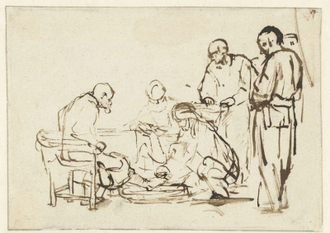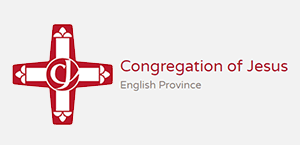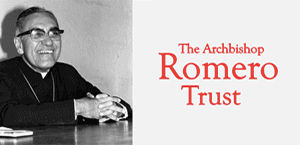Gospel in Art: Maundy Thursday - Christ Washing the Disciples' Feet

Christ Washing the Disciples' Feet, by Rembrandt © Rijksmuseum, Amsterdam
Source: Christian Art
Gospel of 6 April 2023
John 13:1-15
It was before the festival of the Passover, and Jesus knew that the hour had come for him to pass from this world to the Father. He had always loved those who were his in the world, but now he showed how perfect his love was.
They were at supper, and the devil had already put it into the mind of Judas Iscariot son of Simon, to betray him. Jesus knew that the Father had put everything into his hands, and that he had come from God and was returning to God, and he got up from table, removed his outer garment and, taking a towel, wrapped it round his waist; he then poured water into a basin and began to wash the disciples' feet and to wipe them with the towel he was wearing. He came to Simon Peter, who said to him, 'Lord, are you going to wash my feet?' Jesus answered, 'At the moment you do not know what I am doing, but later you will understand.' 'Never!' said Peter 'You shall never wash my feet.' Jesus replied, 'If I do not wash you, you can have nothing in common with me.' 'Then, Lord,' said Simon Peter 'not only my feet, but my hands and my head as well!' Jesus said, 'No one who has taken a bath needs washing, he is clean all over. You too are clean, though not all of you are.' He knew who was going to betray him, that was why he said, 'though not all of you are.'
When he had washed their feet and put on his clothes again he went back to the table. 'Do you understand' he said 'what I have done to you? You call me Master and Lord, and rightly; so I am. If I, then, the Lord and Master, have washed your feet, you should wash each other's feet. I have given you an example so that you may copy what I have done to you.'
Reflection on the Drawing
Born in Leiden, son of a mill-owner, Rembrandt soon developed his unique talent for painting portraits, landscapes and biblical subjects. This simple yet very effective drawing of Jesus washing the feet of the disciples is beautiful. Drawing was in fact central to Rembrandt's work. That is how he felt good artists could be separated from the not so good ones. Hence, drawing played a key role in Rembrandt's teaching methods later in life. The master made drawings for his students to imitate, and he and his pupils sketched the same models and landscapes side by side. The stylistic similarities between Rembrandt's drawings and those of his students are the result of these teaching exercises. Sometimes, therefore, there are only subtle and small differences between the drawings of the master and those of the pupils.
In today's Gospel reading of the washing of the disciples' feet, Jesus is also teaching. He, too, wants the differences between master and pupils to be subtle and small, meaning that we must try to imitate Christ as much as we can in all we do.
Today we celebrate the events of the night before Jesus died. According to the Gospel accounts, Jesus performed two very significant actions on that night before he was betrayed: the gift of the Eucharist and the washing of the feet of the disciples. This year, our Gospel reading focusses on the latter. In Jesus' time, the washing of someone else's feet was considered to be a task to be done only by servants. People wore open sandals, which was all that protected their feet from the dirt and grime of the roadways. When people arrived for a meal, the host normally provided a basin of water and a towel for his guests to wash their own feet. Or if they were from a more well-to-do background, servants would wash the feet of the guests. Hence when Jesus took off his outer garment, wrapped a towel around himself, poured water into a basin and proceeded to wash their feet, Peter's reaction was perfectly understandable: 'You shall never wash my feet!'
Jesus spoke as a teacher at the end of our reading: '...so that you may copy what I have done to you'. This is to be our attitude and our practice towards one another: to help and serve each other. Maybe when we get down on our knees next time at mass, we can think about what that kneeling signifies. It ties in both aspects of Maundy Thursday: the reverence towards the Eucharist which Christ instituted on this day and kneeling to serve, just as Jesus did.
LINKS
Gospel in Art: https://christian.art/
Today's reflection: https://christian.art/daily-gospel-reading/john-13-1-15-2023/


















